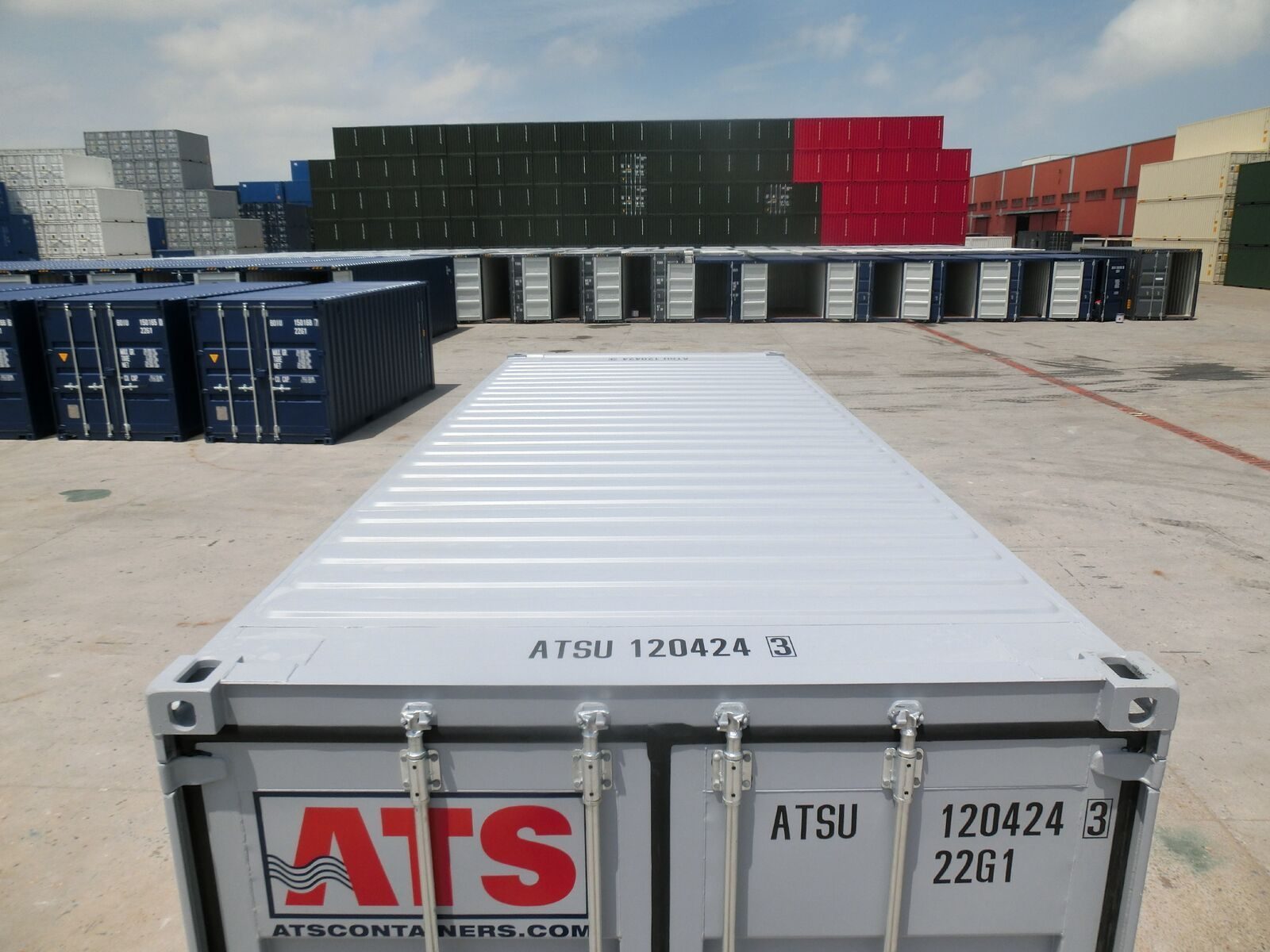ATSU 4218641, 42G1. But what does that mean?
Each shipping container produced is given a unique name to be distinguished from all the other shipping containers produced in the world. Most people don’t give the numbers much thought, but we thought it might be fun to lay it all out for you.
The first three characters, A T S identify who the shipping container was manufactured for. In this case, the container was manufactured by ATS Containers. Each owner receives their own three characters that is unique to them and they get to put on in front of all the shipping containers they produce.
The fourth character, the U in the case above, simply refers to the kind of product this number is assigned to. U is assigned for shipping containers, Z is assigned to trailers that containers can be transported on and J is often assigned to reefer units that are used to cool refrigerated shipping containers.
The six digits that follow afterward are the unique identifiers of the container, so think of it as a serial number. Although this practice is not common to all owners, at ATS we look at the 42 as the first two digits for new 40ft standard height shipping containers and 49 would be for new 40ft high cube containers.
The last digit, if you notice, is placed separate from all others and is encased in a box. This is simply a check digit to make it easier for ports to distinguish between the thousands of containers they handle on a regular basis.
Below the container name and number, there is a sequence of four characters. The first number identifies the size of the container, 4 for a 40ft container and 2 for a 20ft container. The second number identified the type of container, 2 for standard height and 5 for high cube. The last two characters signify what the container was built for, whether it was built for transport or for another purpose.
Below that on the door of the container is information and instructions about the weight and the load capacity of the container. It is displayed on both pounds and kilograms in order to make it easy for the entirety of the world to use the containers without having to do the conversions.
